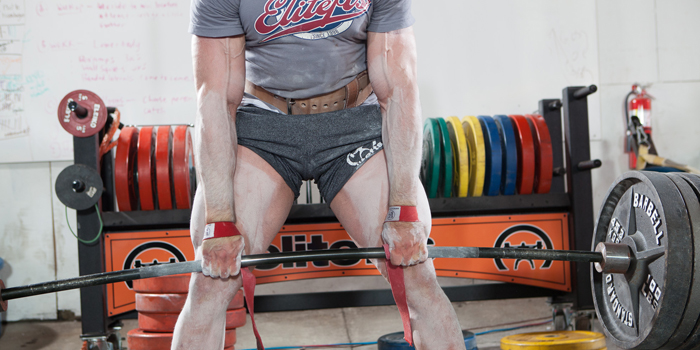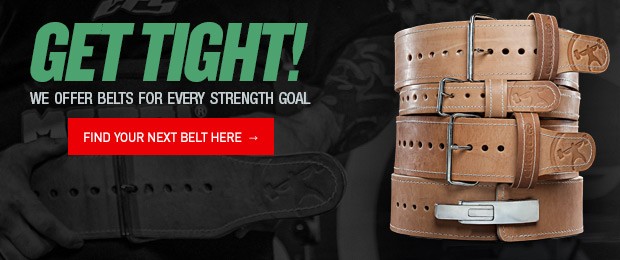
Injury can happen at the end of a lift as easily as the start. I was recently watching videos of Kjell Bakkelund from Norway and Krzysztof Wierzbicki from Poland, who both won their weight classes at IPF Classic Worlds this year. Bakkelund also won IPF Open Worlds in 2013, and it was the fifth classic worlds gold medal for Wierzbicki. Among other qualities, what stood out about their deadlifts in particular is what can be called an intelligent lockout.
Much valid emphasis has been placed on lumbar extension at the start of the deadlift. Beginning maximal pulls with a rounded lower back is obviously unwise. What one often sees, though, is lifters who start pulling with a good lumbar arch, approach lockout, then exaggerate the finish into a tilted “falling back” position instead of upright. Reasons, why this happens, include a desire to show mastery over the weight, emulating other lifters, and a too narrow grip that blocks thoracic extension.
MORE: Deconstructing the Deadlift
An exaggerated lockout occurs at the spine and results in lumbar hyperextension (usually with a mixed grip at that). As Mark Rippetoe notes in Starting Strength: Basic Barbell Training, "Unnecessary arching [at lockout]...asymmetrically loads the spine to the posterior, setting up the conditions that may result in disc or facet joint injury."
He adds, "Since it is virtually impossible to overextend your hip joints in an upright position with a loaded bar lying on the anterior side of the thighs, what actually happens is that you overextend the lumbar spine, sometimes as almost a separate movement after the deadlift is actually finished. This is a very dangerous habit to acquire: uneven loading of the lumbar discs is as harmful from the posterior as it is from the anterior."
How many lifters lock out numerous reps incorrectly, suffer back problems over time, and never realize the cause? Contrast that with how Bakkelund and Wierzbicki finish their pulls:
Whether consciously or intuitively, these elite lifters have figured out that an intelligent lockout supports competitive longevity.
Is it possible to pull huge weight with an exaggerated lockout? Of course. Over 900 pounds has been deadlifted that way. But as Chris Rock once said about driving a car with your feet, that doesn't make it a good idea. Powerlifting isn't a comparatively high-risk sport, but major injuries and chronic ailments still happen. There's no need to add hazards beyond those inherent to training and competition. Finish your deadlifts upright — no more, no less.
Myles Kantor has been involved with powerlifting since 2007 and has worked with lifters ranging from beginners to national and world champions.










"too narrow grip that blocks thoracic extension"
I never would have thought about that had you not pointed it out. I think I will cue myself by executing clear thoracic extension, while reminding myself to lock at the knees, and not with a lumbar extension.